All kidding aside, the New York Central J-class Hudson is a locomotive that virtually everybody but Atlas O has produced. You have your choice of scale, semi-scale, or toy-like; prewar, postwar, or modern; and in S or O gauges.
The original design for the 4-6-4 came from the Milwaukee Road in 1925, which the line called a “Milwaukee-type.” As fate would have it the railroad entered bankruptcy before it could order any of these engines.
Convinced of the value of a four-wheeled trailing truck (enabling a larger firebox that could generate more steam), the New York Central mounted a four-wheel trailing truck on a K-3 class Pacific in 1926 and simultaneously ordered a single 4-6-4-type from Alco in Schenectady, N.Y. When delivered in 1927, the no. 5200 from Alco was the first Hudson-type and was to be the first in a fleet of 275 of all classes that the Central would eventually own.
The 4-6-4 wheel arrangement was popular among railroads, especially in passenger service, and more than 450 were built for North American railways.
Accordingly, this has been a popular product in the toy train world and in the past year alone four more models of this timeless symbol of the New York Central have been offered in the marketplace.
Lionel gears up
This is one of two new small steamers offered by Lionel using new tooling. This model is based on the New York Central Hudson boiler and the other is based on the Santa Fe Hudson boiler. And its about time for the company to field some new tooling for small steam power!
The last small Lionel steamer that CTT reviewed (December, 1996) was a 4-6-2 made with the postwar Santa Fe Hudson shell. Performance was fair, but it was basically another re-working of tooling that had already been used once or twice too often.
This new Hudson is a breath of fresh air in the roundhouse and clearly points in the direction Lionel wishes to take its product line.
Putting the cards squarely on the table, the most obvious fact about the new Hudson is how much this looks like an MTH RailKing locomotive. Sure, there would likely be similarities anyway – a model of a J-class steam engine should be fairly similar to the J-class model of another company. But Lionel’s new model captures the basic quality elements that have allowed MTH to become the O gauge market’s leading producer of small steam locomotives: immaculate tooling; scaled down but with a good representative design, smooth, clean decoration; and terrific operability.
It must also be noted that like MTH’s RailKing NYC Hudson, Lionel’s product is also made overseas.
The tooling of the engine is superb. It is clean, precise, smooth to the touch, and we could find no flaws or errors. Comparing the model with various prototype drawings and action photos, we can say that the engine nails the essential flavor of the classic New York Central steam engine.
The add-on simulated bell, whistle, and handrails are all nice. Particularly neat is the number plate and NYC oval mounted beneath the headlight. The cab is basic but with the bonus of an illuminated firebox giving the illusion of a blazing furnace.
The tender is a good copy of a Central 12-wheel tender, and it holds the sound system, a volume control switch on the bottom of the frame, as well as a selector switch for RailSounds versus SignalSounds. The tender also has a directional reverse light and ElectroCoupler.
Decoration is sedate but well done. This engine is also available in Chesapeake & Ohio, Chicago & North Western, and Santa Fe road names.
One might quibble about placement of the markers. Most photos we’ve seen show, for example, the J-3 class engines without markers, though the J-2 class engines had them mounted above the smoke box, not on the top of the face of the smoke box.
On the layout
As the Hudson rotated through the workshop as well as several home layouts, we noted some phantom problems that, as you’d expect, typically didn’t recur at the next stop. One was a drop out of some steam sounds when at idle using an MTH Z-4000 transformer (at the next stop a Z-4000 was used and no trouble detected). Another was random cut-off of the sound system after 10 or more minutes of running (again, not repeated elsewhere). The last was a coupler that wouldn’t stay shut (we tried two different tenders and the problem didn’t recur with either of them). Gremlins in the system, perhaps.
Regardless, the locomotive passed through a total of five layouts and got overall rave remarks from all who ran it.
The smoke unit was an especially good feature and the engine was one of the few we’ve seen where you actually could see a ring of smoke drifting out of the stack when at rest. It is also notable that the puffs of smoke seemed to be pretty well in sync with the siderods!
Speed control was very good. The engine didn’t balk when hauling the typical 20-car freight train and always seemed ready for an extra kick in the pants when the throttle nudged up! Drawbar pull was remarkably high for a small Lionel steamer, 2.1 pounds (compared with slightly less than 1 pound of pull for the engine we reviewed in December, 1996), which is equal to more than 120 modern, free-rolling rolling stock on straight and level track.
The Hudson can be purchased in a traditional version (with optional Command-control and RailSounds upgrades available) or in the Command-equipped version that allows you great flexibility in operating your trains and accessing various features (like the ElectroCouplers). It also features RailSounds, which is the real star of the show.
The locomotive sound is beautifully reproduced and the volume control permits you to make as large or small a presence on your layout as your taste dictates. The chuffs, thunks, and whooshes are all great.
The bell is notable in that it is not a typical, automatic-sounding “clang, clang, clang,” but rather a “clang – clang, clang,” that sounds like the rhythmic peal of a real hand-pulled bell. As a result, it is very authentic.
Only the radio chatter sounds made us pause. Not that they didn’t sound good, but were Central steamers radio equipped? I don’t think so, but as we say in the CTT offices, “count the rails.”
The best of the best, though, is the whistle. Some sound systems have a fairly rude cutoff when you reach the end of the horn or whistle blast, but not RailSounds. It has a faintly echoey effect and it gently tapers up and down. You actually have the ability to work the sound of the whistle as a real engineer might. Pinch me, can a sound system get any better than this?
Looking at the plug from the tender, we noticed the striking resemblance to an MTH tender plug. We paused, looking over our shoulders and realizing that we were on the brink of performing an unholy experiment. We took an MTH Berkshire and the Lionel tender down to the workshop. Without much regard for the potential of voided warranties, we proceeded to mate the two!
For a moment, we thought we had hit on something big!
The engine’s headlight and smoke unit came on and the tender generated idle steam sound, but alas, when we tried to get it moving, nothing happened. Well, it was something we had to try at least once.
So what can be said about this locomotive?
At the risk of getting into verbal battles with pre- and postwar mavens, the new Lionel Hudson is probably the finest small steam locomotive that the firm has ever made. The tooling looks great, the operation is smooth, and as they say in the world of high fashion, this sound system is “to die for.”





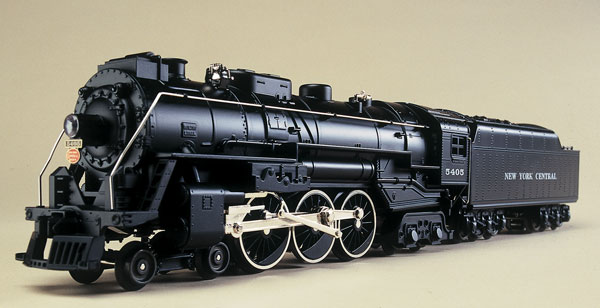

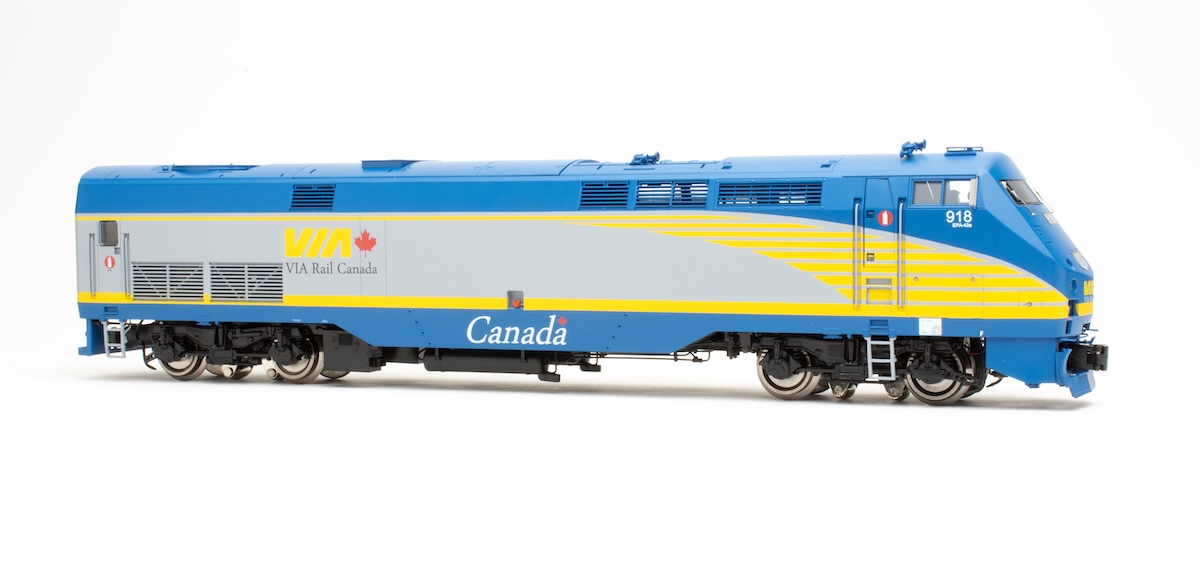
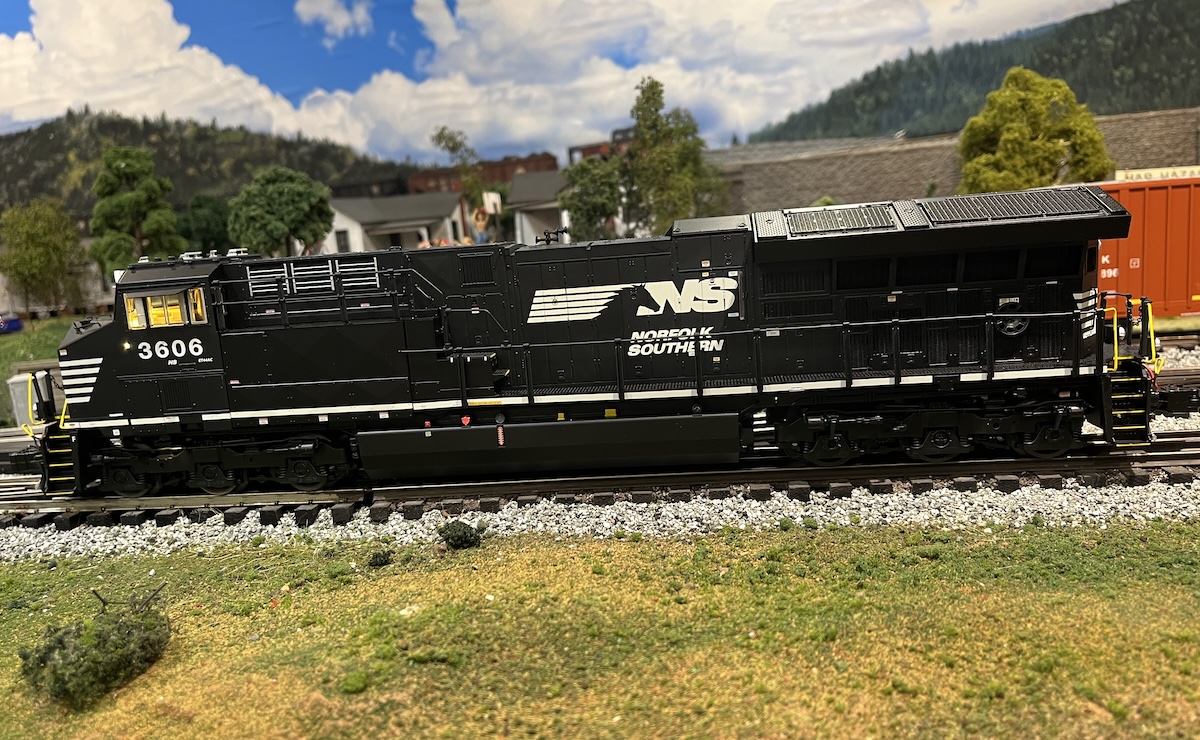
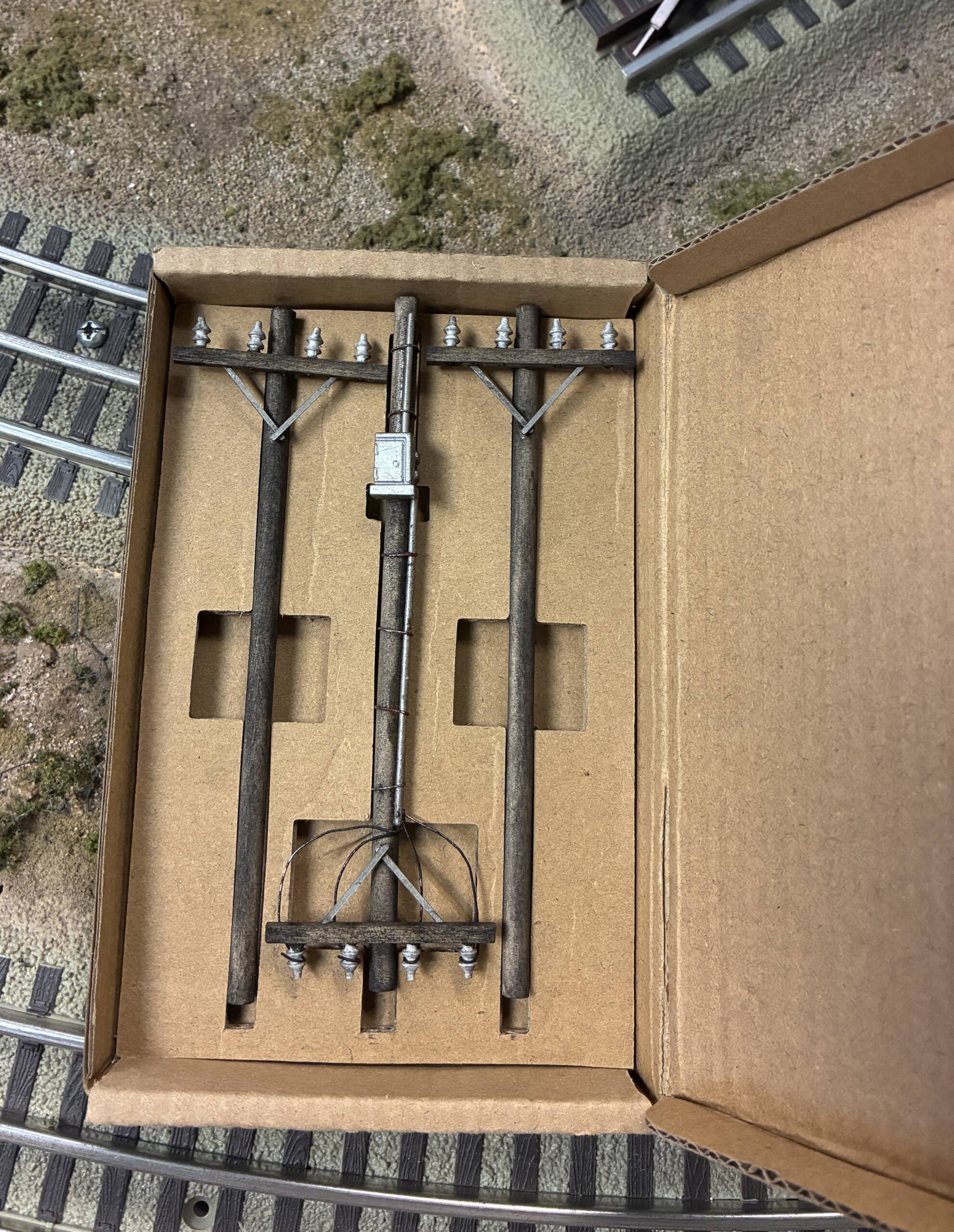
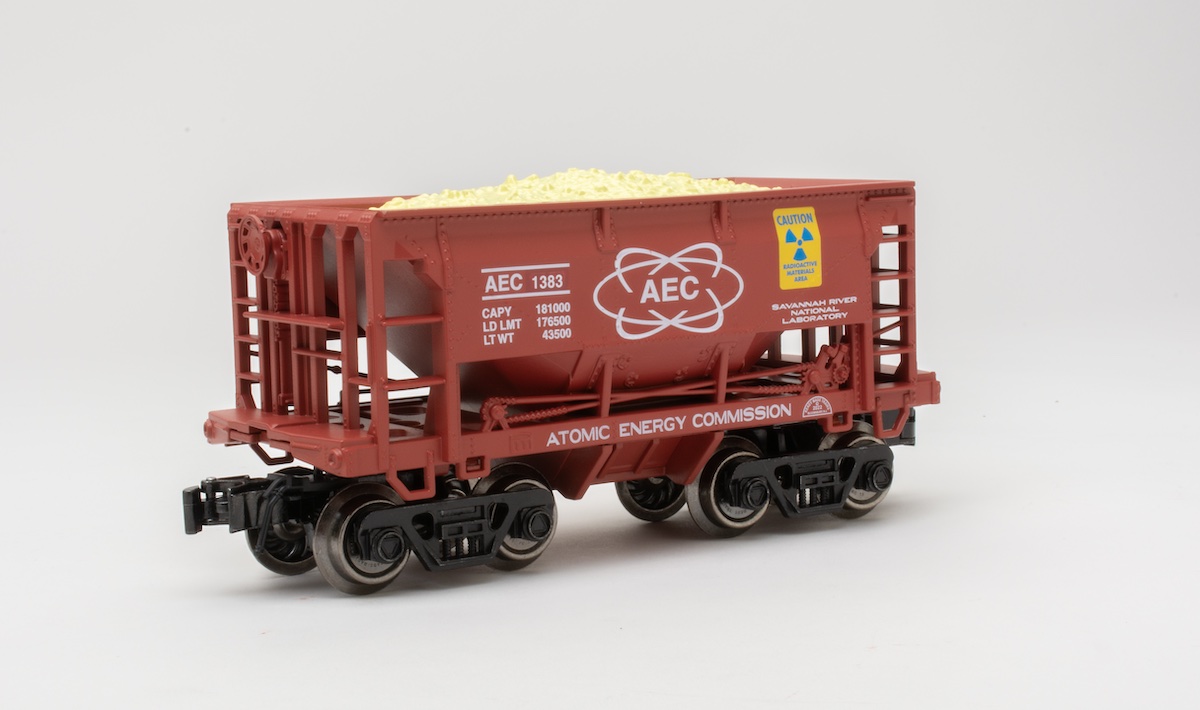




Hello there, It seems that I also have a nice Lionel Set NYC 464 Hudson 5342 on the cab, and I would be interested to know what are the indication I can see
. under the steam locomotive : 001E-246
and also . under the tender : 001T-5
+ 4 cars (0014-18, 0015-16, 0016-4, and 0017-14)
Is these elemnts old and rare ? or common at this time I was said produced around 1938/39 prewar, coiuld you confirme to help me please ? Thank you in advance
I would really appreciate to know if this Lionel set is rare or not ….? thanks in advance !!!!
A very beautiful engine – agreed. But – we have had three of these engines so far – the first arrived with no smoke generation (found to be defective), the second ran for two minutes before the gearbox self-destructed (while pulling nothing, the motor became disconnected from the wheels, spinning away rapidly with no motion), and the third arrived with, you guessed it, no smoke generation. It has been in for service for three weeks, while our 10 year old son awaits his gift – for over two months! A sad state of affairs at the Lionel Corp.
I have this engine and it is one of my Dads favorites. Everytime he come over and I ask him what engine he wants me to run, this is always his pick. The engine has good sound and motion on the drivers.